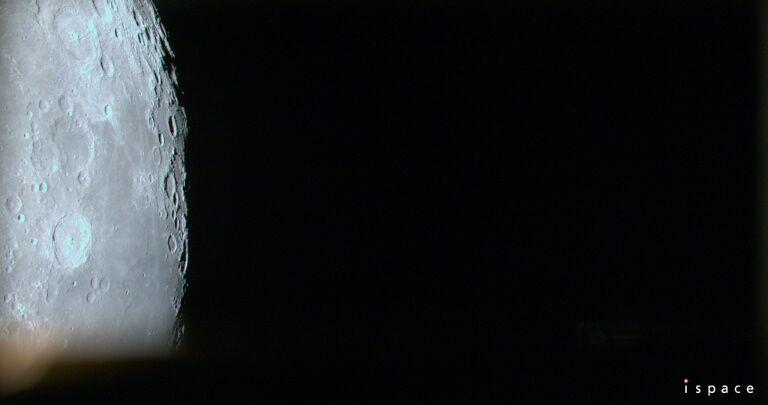Japanese startup loses communication with lunar lander, assumes mission failure

A Japanese start-up hoping to realise the first private Moon landing announced today that it had lost contact with its spacecraft, suggesting a disappointing outcome for the ambitious mission. Ispace confirmed that communication with the unmanned Hakuto-R lunar lander could not be re-established after the expected time of landing, signifying a premature end for a mission launched from the United States just over four months ago.
Twenty-five minutes past the anticipated landing time, a company spokesperson addressed the media noting that they had been unable to make contact with the lunar lander. “We have to assume that we could not complete the landing on the lunar surface,” the spokesperson added. Team members will continue to attempt to establish communication with the spacecraft, which carried payloads from various countries, including a lunar rover from the United Arab Emirates.
Ispace’s founder and CEO Takeshi Hakamada confirmed that data from the spacecraft had been captured up to the planned landing time and would be analysed to better understand what happened.
The Hakuto-R lunar lander, measuring little over two metres in height and weighing 340 kilos had been in lunar orbit since last month. With its fully automated descent and landing systems, it was designed to re-establish communication immediately upon touching down on the lunar surface.
Thus far, only the US, Russia, and China have successfully landed spacecraft on the Moon – all through government-backed programmes. A failed 2019 attempt saw SpaceIL, an Israeli organisation, witness their lander crash into the Moon’s surface. India also made an unsuccessful attempt to land a spacecraft on the Moon in 2016. Later this year, two American companies – Astrobotic and Intuitive Machines – also have lunar landings planned.
In celebration of their colleagues’ efforts, Astrobotic tweeted, “We congratulate the ispace inc team on accomplishing a significant number of milestones on their way to today’s landing attempt.” Recognising the challenges faced, they added, “We hope everyone recognises – today is not the day to shy away from pursuing the lunar frontier, but a chance to learn from adversity and push forward.”
Before the unfortunate conclusion of the Hakuto-R mission, Ispace, which recently listed its shares on the Tokyo Stock Exchange Growth Market, had established plans for its next venture. The company launched the Hakuto-R (named after the Moon-dwelling white rabbit of Japanese folklore) from Cape Canaveral, Florida on a SpaceX Falcon 9 rocket on December 11.
The lunar lander transported several rovers, including a small, spherical robot jointly developed by Japan’s space agency and toy manufacturer Takara Tomy, responsible for the creation of Transformer toys. Additionally, it carried the 10-kilo Rashid rover, developed by the United Arab Emirates, and an experimental imaging system from Canadensys Aerospace.
With a workforce of only 200, Ispace seeks to “extend the sphere of human life into space” and create a sustainable world through the provision of frequent and low-cost transportation services to the Moon. Speaking about the mission, Hakamada expressed his vision for the Moon’s immense potential to be harnessed to “transform it into a robust and vibrant economic system.”
The company predicts that, by 2040, the Moon will support a population of 1,000 people, with an additional 10,000 visitors each year. Further plans for a second mission, tentatively set for next year, are in development, including both a lunar landing and the deployment of the firm’s own rover.
Latest Thailand News
Follow The Thaiger on Google News:


























